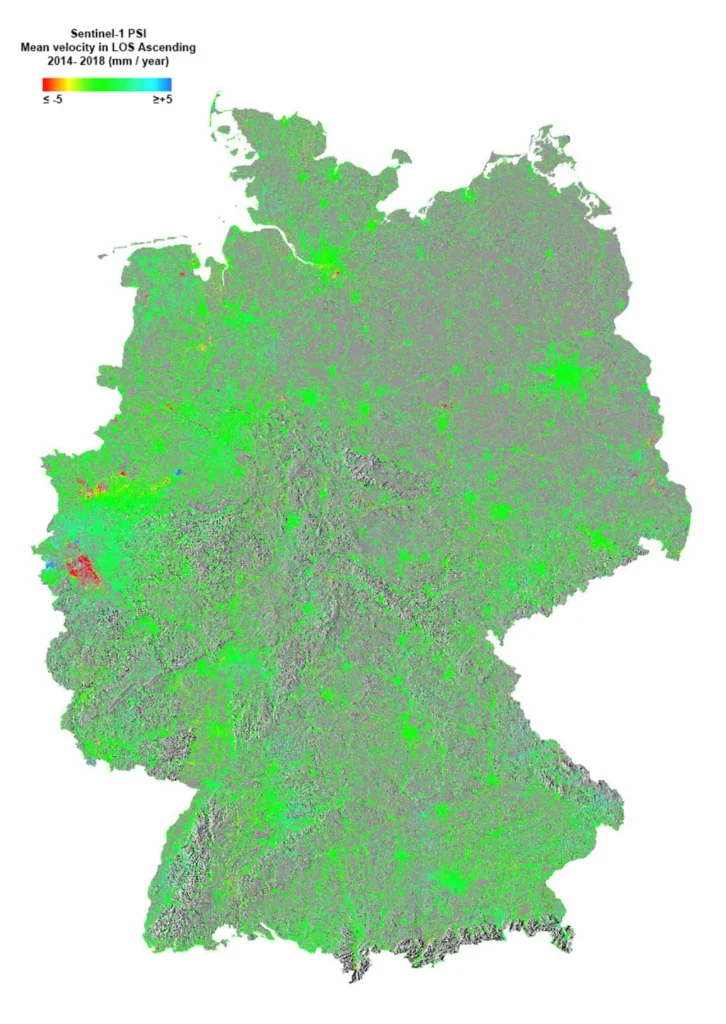In the ever-evolving landscape of agriculture, where climate change and erratic weather patterns pose significant challenges, a novel framework developed by researchers at the Martin-Luther-University Halle-Wittenberg in Germany is set to revolutionize crop monitoring and precision agriculture. Led by Johannes Löw from the Department of Geoecology, this groundbreaking study integrates landscape-scale vegetation dynamics with field-level crop phenology using Sentinel-1 radar time series, offering a comprehensive approach to assessing crop performance.
The research, published in the journal ‘Frontiers in Plant Science’ (translated from ‘Frontiers in Remote Sensing’), addresses the critical need for accurate information on crop performance to cope with increasing weather and seasonal dynamics. Unlike previous methods that focused on local algorithm optimization or SAR feature selection, Löw’s framework bridges two scales: landscape patterns derived from annual distributions of time series metrics (TSMs) and field-level phenology, both linked to growing degree days (GDD).
“Our approach quantifies uncertainties inherent in both remote sensing and ground observations, providing a more robust assessment of crop phenology,” Löw explained. The framework evaluates trackable progress and tracking range to assess accuracy under variable acquisition geometries, weather, and smoothing parameters.
Applied to the DEMMIN site in Germany, the analysis revealed consistent TSM-GDD relationships for wheat, rape, and sugar beet. Descriptors such as soil fertility and water availability explained spatial patterns with an impressive R2 value of approximately 0.8. The study identified low tracking ranges in drought years, demonstrated the impact of orbit-specific incidence angles on monitoring fidelity, and highlighted Sentinel-1’s ability to resolve phenological variance across fragmented landscapes.
The implications of this research are profound for the agricultural sector. By harmonizing multi-scale SAR time series with agro-meteorological data, this approach advances transferable methods for operational crop monitoring. This not only supports precision agriculture but also enhances regional yield assessment beyond localized models.
“By integrating landscape-scale patterns with field-level phenology, we can provide more accurate and reliable data to farmers and agricultural stakeholders,” Löw added. This data-driven approach can lead to better decision-making, improved crop management, and ultimately, increased yields.
The study’s findings are particularly relevant for the energy sector, as bioenergy crops are increasingly being integrated into agricultural landscapes. Accurate monitoring of these crops can optimize bioenergy production and contribute to a more sustainable energy future.
As the agricultural industry continues to grapple with the impacts of climate change, the need for innovative solutions has never been greater. Löw’s research offers a promising path forward, combining advanced remote sensing technology with agro-meteorological data to provide a comprehensive understanding of crop performance. This holistic approach is set to shape the future of precision agriculture and regional yield assessment, benefiting farmers, agricultural stakeholders, and the energy sector alike.

